gossamer
TPF Noob!
- Joined
- Dec 24, 2013
- Messages
- 234
- Reaction score
- 23
- Location
- New Jersey
- Can others edit my Photos
- Photos OK to edit
Hi, I have a D500 and a 24-70mm 2.8 and trying to take some product shots of pet toys. I'm not a complete novice, but working with light is where I need the most help, and also haven't done much product photography before.
I recently bought a basic two-light CFL reflective umbrella setup along with a basic LED hotshoe light. The LED light is off the camera and on another light stand on the table, in front of the rings, facing up. The two CFL lights are off to the left and right. I'm holding the camera as close to directly above
I'd be curious what people think of my first shot. f5, 160, iso 200, at 24mm, SooC.
Dropbox - DSC5881_Rings.jpg
The problems I see with it and don't know how to fix are:
- White balance is off. The CFLs are supposedly 5500, but it still seems a little grey. I don't have a grey card (but am now getting one). Is there something I can do in the meantime?
- No matter how hard I try, there's always a bit of a reflection off the cardboard. Do I have to edit those out manually? Is there a way to avoid it?
- Are the shadows around the rings okay? Is that to be expected? It gives it perspective, but how do you determine the proper amount of shadows?
- Is there some rig I could build (or order in time for Monday) that would enable me to suspend the camera above the table, perpendicular to the product?
Thanks so much
I recently bought a basic two-light CFL reflective umbrella setup along with a basic LED hotshoe light. The LED light is off the camera and on another light stand on the table, in front of the rings, facing up. The two CFL lights are off to the left and right. I'm holding the camera as close to directly above
I'd be curious what people think of my first shot. f5, 160, iso 200, at 24mm, SooC.
Dropbox - DSC5881_Rings.jpg
The problems I see with it and don't know how to fix are:
- White balance is off. The CFLs are supposedly 5500, but it still seems a little grey. I don't have a grey card (but am now getting one). Is there something I can do in the meantime?
- No matter how hard I try, there's always a bit of a reflection off the cardboard. Do I have to edit those out manually? Is there a way to avoid it?
- Are the shadows around the rings okay? Is that to be expected? It gives it perspective, but how do you determine the proper amount of shadows?
- Is there some rig I could build (or order in time for Monday) that would enable me to suspend the camera above the table, perpendicular to the product?
Thanks so much


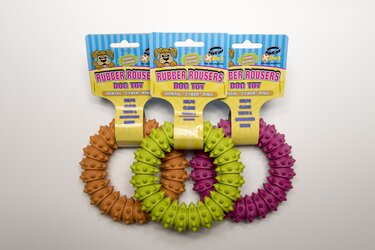
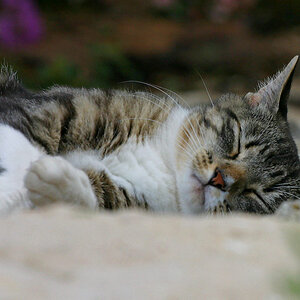
![[No title]](/data/xfmg/thumbnail/30/30878-f33da8abe01acde1dcee7898f41310e1.jpg?1619734493)
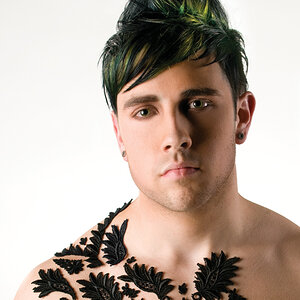
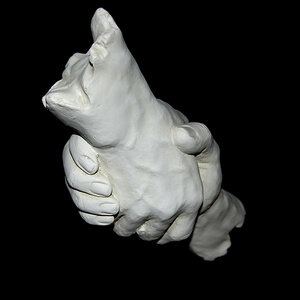

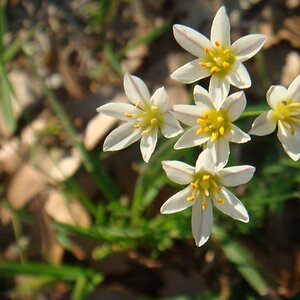
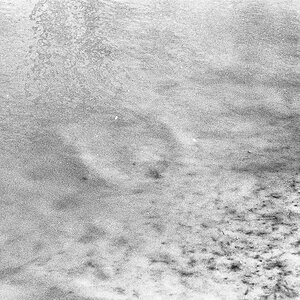
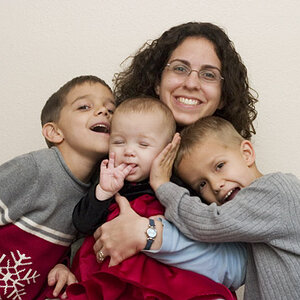
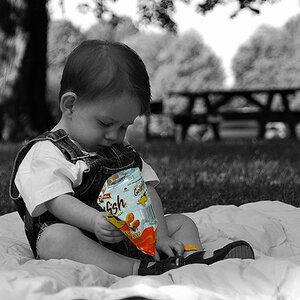
![[No title]](/data/xfmg/thumbnail/34/34694-c8f837b622c45caaa51c5507b8835376.jpg?1619736605)

![[No title]](/data/xfmg/thumbnail/30/30880-eb7252c7e6df26b6cbc7065d2838df96.jpg?1619734495)